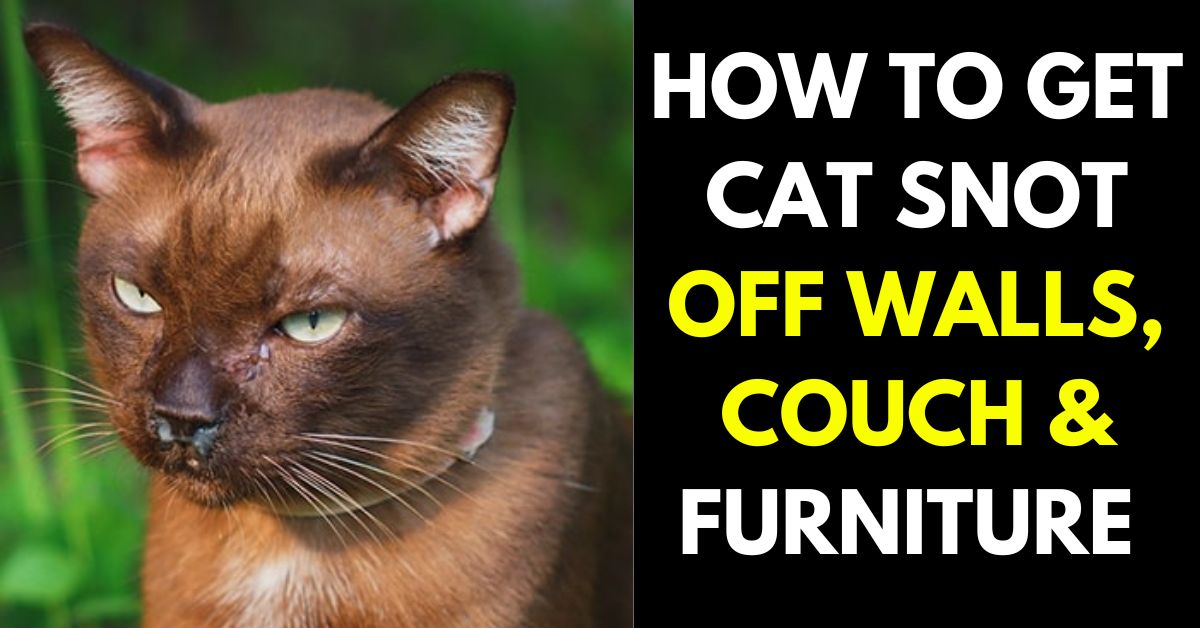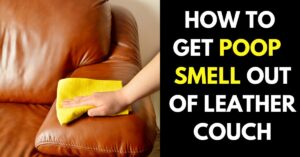
We all know that our furry friends can bring us joy and laughter, but let’s be real – they can also be little troublemakers at times. One of the most common issues that cat owners face is dealing with cat snot. Yes, that’s right, those sneezy little kitties can leave a trail of snot all over our walls, couches, and furniture. But fear not, because, in this cleaning guide, we’re going to share some tried and tested tips on how to get rid of that pesky cat snot and keep your home looking and smelling fresh. So let’s get started!
What is Cat Snot
Cat snot is a type of discharge that can come out of a cat’s nose when they have a cold, allergies, or an upper respiratory infection. Depending on the underlying cause of the cat’s symptoms, this discharge can vary in color and texture. For example, clear and watery snot may indicate allergies, while thick and yellowish-green snot may be a sign of a bacterial infection.

Regardless of the cause, cat snot can be a nuisance for pet owners as it can end up on walls, furniture, and other surfaces in the home. It’s important to clean it up properly to prevent the spread of germs and keep your home hygienic.
How to Get Cat Snot Off Walls
Cat snot can be a common problem for cat owners, especially during cold and allergy seasons. If left unattended, cat snot can leave unsightly marks on walls, furniture, and other surfaces in the home. Thankfully, there are several effective methods for removing cat snot from walls.
- One option is to use Boogie Wipes® saline nose wipes. These wipes are gentle on surfaces and can help dissolve and remove cat snot without damaging the paint or leaving behind residue. Simply moisten the wipe with water and gently rub the affected area to remove the snot.
- Another option is to use vinegar. Mix equal parts of vinegar and water in a spray bottle and spray the affected area. Allow the solution for a few minutes then wipe away. Vinegar is a natural disinfectant and can help break down the proteins in the snot, making it easier to clean.
- Detergent is another effective option for removing cat snot from walls. Mix a small amount of liquid detergent with warm water and apply the solution to the affected area with a clean cloth. Gently rub the area to remove the snot, then rinse with water and dry with a clean towel.
- If the cat snot has dried onto the wall, a cat snot remover may be necessary. These products are specifically designed to break down and dissolve dried snot without damaging the surface. Follow the instructions on the product carefully and use a clean cloth to remove the snot.
- Lastly, dishwashing soap can also be effective in removing cat snot. Mix a small amount of dish soap with warm water and apply the solution to the affected area with a clean cloth. Gently rub the area to remove the snot, then rinse with water and dry with a clean towel.
How to Get Cat Snot Off Couch
Cat snot can also end up on couches, and it’s important to clean it up properly to prevent stains and odors. Here are two effective methods for removing cat snot from couches:
- For hard surfaces: Use Clorox wipes or a similar disinfecting wipe that is safe for the surface of your couch. Gently wipe the affected area to remove the cat snot. Follow up with a damp cloth to remove any residue from the wipes.
- For fabric surfaces: Mix warm water and a small amount of dish detergent in a bowl. Dip a clean cloth in the solution and wring it out well. Gently blot the affected area with a cloth to remove the cat snot. Once the snot is removed, rinse the area with clean water and blot with a dry cloth to remove excess moisture.
How Do You Get Cat Snot Out of Furniture?
Cat snot can also end up on other types of furniture, such as chairs, tables, and dressers. Here are some effective methods for removing cat snot from furniture:
- For hard surfaces: Use a disinfecting wipe, such as Clorox wipes or a similar product, to gently clean the affected area. Wipe the area thoroughly to remove any cat snot residue. Follow up with a clean, damp cloth to remove any remaining cleaning solution.
- For wood furniture: Mix some equal parts of distilled white vinegar and water. Spray the affected area and let the solution sit for a few minutes. Wipe the area with a clean, damp cloth to remove the cat snot and any residue. Be sure to dry the area thoroughly with a clean cloth to prevent water damage.
- For upholstered furniture: Mix warm water and a small amount of dish detergent in a bowl. Gently blot the affected area with a cloth to remove the cat snot. Once the snot is removed, rinse the area with clean water and blot with a dry cloth to remove excess moisture.







